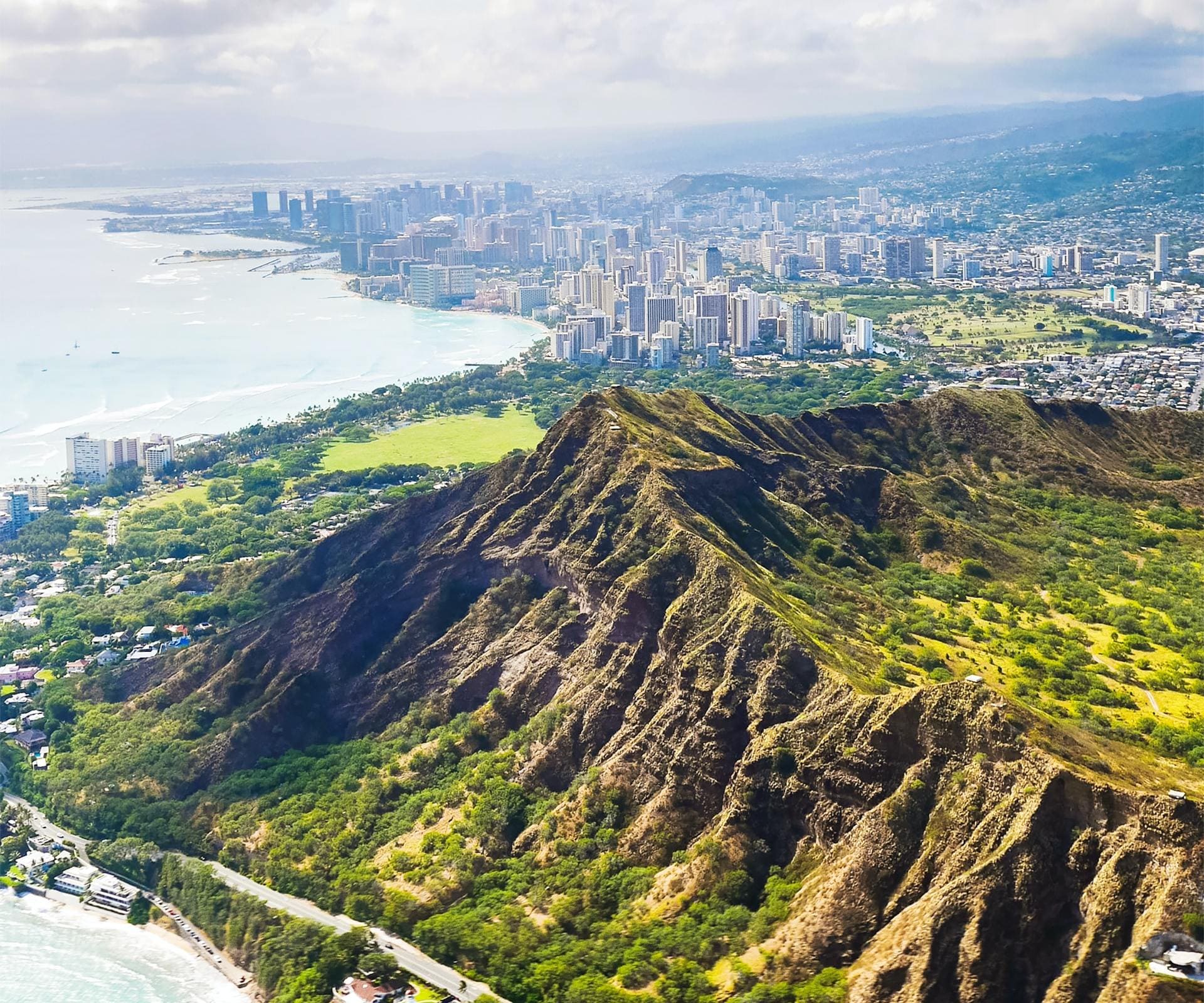
Chinatown Aflame: Remembering the Honolulu Fire of 1900

Honolulu’s Chinatown is a bustling neighborhood with a history that dates back to the early 1840s - over a century before Hawaii became a state. Around this time, Chinese immigrants began moving into the area creating a vibrant community filled with culture. Today, as you walk down the streets of Chinatown, you’ll find historic buildings that pay tribute to the area’s past. However, you might notice that very few buildings date back earlier than 1900 - why is this the case?
It all starts on December 12th of 1899. You Chong, a 22 year old bookkeeper in Chinatown, suddenly fell ill and died. It was later discovered that he had caught the Bubonic Plague. Also known as the Black Death, this disease wiped out a third of Europe’s population back in the 1300s. And now, nearly six centuries later, it was in Hawaii. That same day, four additional victims were identified.
The Hawaiian Board of Health immediately placed a strict quarantine on the entire Chinatown district. Days later, after waves of quarantines and emergency regulations, deaths continued to pile up. The Board of Health was scrambling. Desperate, they landed on a drastic measure: burning the disease away using carefully controlled fires.
New Year’s came and went. While the world celebrated the coming of a new century, Honolulu did not. Over the ensuing weeks, dozens of buildings were torched - even entire city blocks, all at once.
 Before and after the devastating January 20th fire - black marks the burned areas. (Hawaiian Gazette)
Before and after the devastating January 20th fire - black marks the burned areas. (Hawaiian Gazette)
The Board had scheduled the burning of a huge swath of northern Chinatown (Block 15, as seen above) for January 20, 1900. The morning brought some trade winds from the northeast - not uncommon in this region. To keep the fire from spreading due to the wind, the fire department stationed a handful of fire engines around the area, mainly to protect the sacred Kaumakapili Church (labeled as “church” on the map).
However, their efforts were in vain. The fire was set on the north side of the church, and was intended to burn against the wind. However, the winds shifted - ever so slightly - to the east. Eventually, the church’s spire lit on fire. It was too high for the hoses to reach, and - despite one fireman’s heroic effort to climb the spire - the building was aflame. Once the church was lit, the neighboring buildings caught quickly. The firemen were forced to retreat, abandoning fire engines in the smoke. The fire raged along Beretania Street.
By the end of the day, most of Chinatown was burning.
 Pictured Left: Kaumakapili Church before the fire, photo by Frank Davey, Hawaii State Archives; Pictured Right: Kaumakapili Church after the fire, Hawaii State Archives
Pictured Left: Kaumakapili Church before the fire, photo by Frank Davey, Hawaii State Archives; Pictured Right: Kaumakapili Church after the fire, Hawaii State Archives
Another important building, the massive Honolulu Iron Works factory, sat in the path of destruction. Located on the southernmost corner of Chinatown, the city feared that the fire would spread to the rest of Honolulu if the building caught fire. Dozens of people - firemen and volunteers - stood scattered around the block, buckets brimming. Citizens stood on the roof of the Iron Works building, and kept the walls soaked with water. Volunteers stood within the building, ready to douse any flame that might creep in.
The nearby fire flared closer and closer. The crowd waited with bated breath, smelling the smoke coming their way.
Luckily, their diligence paid off. The fire was deflected, and the corner bordered by Mauna Kea and King Street was left largely untouched. That is one of the only areas of Chinatown that survived.
When all was said and done, the fire burned for 17 days, and consumed 38 acres of Honolulu. Remarkably, no fire-related deaths were reported.
However, the battle against the plague was not over. Around 30 more controlled fires occurred over the coming weeks, luckily without incident. It was another four grueling months before the quarantine restrictions were lifted.
After the devastation, the neighborhood’s residents slowly began to rebuild. There were years of disrepair and neglect, but in 1969, Chinatown became an Official Historic District and was reinvigorated. Today, you’ll find a thriving neighborhood with trendy restaurants, flower lei stands, and art galleries.

























 to fuel your ride
to fuel your ride 
